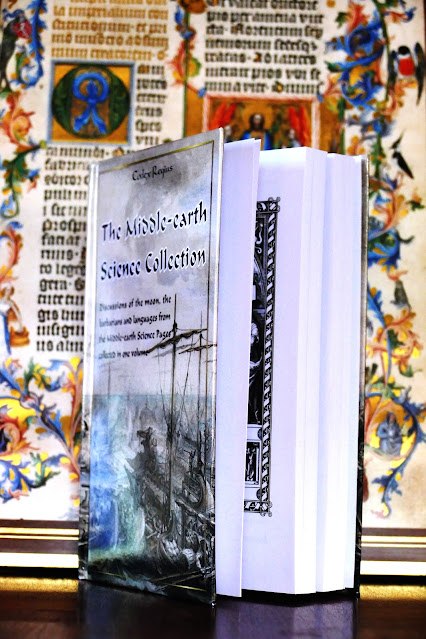For the first time, I have tried to apply KDP's new hardcover offer. And I am most impressed! The omnibus edition of my four volumes "Middle-earth seen by the barbarians", "Words of Westernesse", "Dynasties of Middle-earth" and "The Moon in 'The Hobbit'" looks most professional, the colour images are crisp, the paper feels noble - "like from the bookshop", my daughter said, admiringly! True, the printing costs for 500+ full-colour pages are rather high, close to 70 € in total, but just to see this result was worth the investment!
(Of course, for low-budget readers I have also produced a b/w pocket book for half the price; but it's not quite an eye-bulger as the hardcover!)
I think I should do other books in hardcover as well, notably the image-laden volumes on minor worlds of the solar system.



